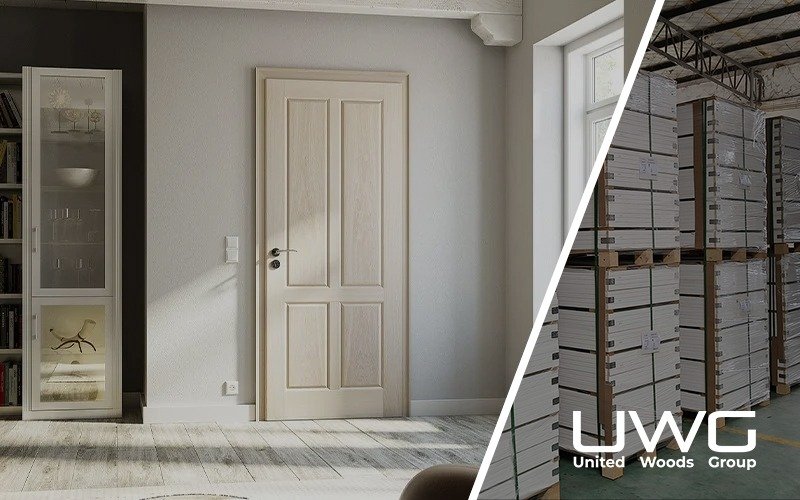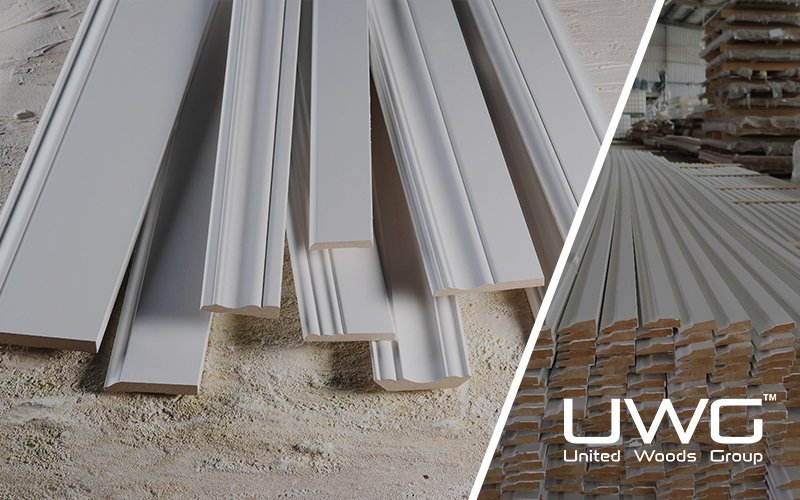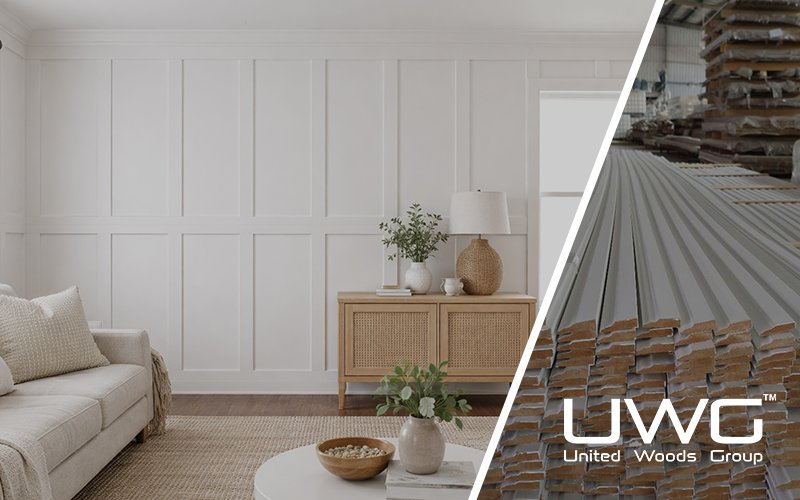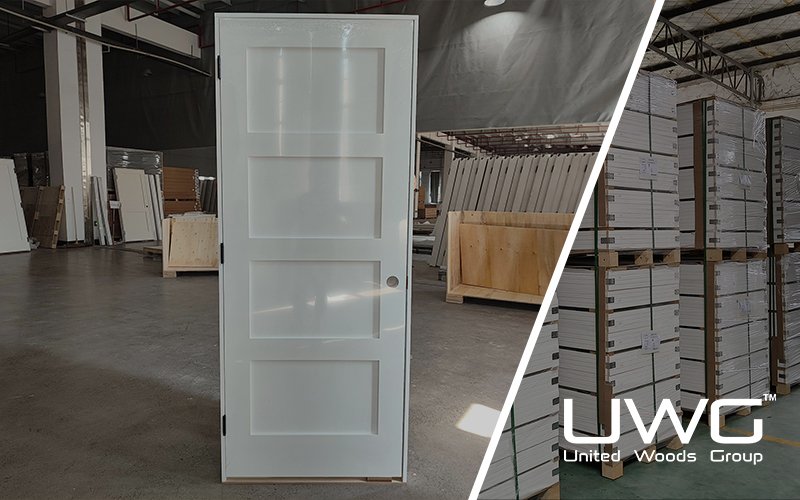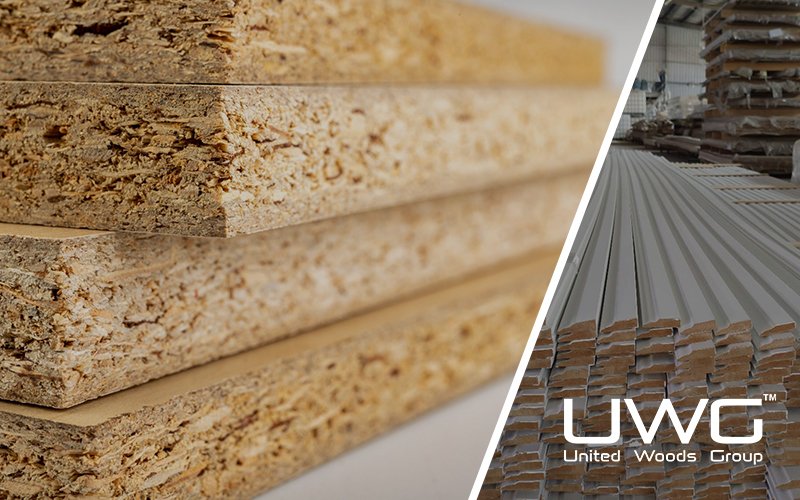Choosing between pre-hung and RTA (Ready-to-Assemble) doors can significantly affect your project’s timeline, labor costs, and logistics. For builders and renovators, understanding the core differences helps streamline decision-making and ensure smooth installation.
Pre-hung doors are delivered with the frame and hardware pre-installed, ideal for fast installation in new builds or large projects. RTA (Ready-to-Assemble) doors arrive flat-packed, saving on space and shipping, and offer flexible installation options. The better choice depends on your project type, budget, and installation expertise.
Pre-Hung vs. RTA Doors — What’s the Difference?
Pre-hung doors come pre-installed in their frames, complete with hinges. They’re ideal when you need a door unit that can be quickly fitted into a rough opening—perfect for new builds or full-frame replacements.
RTA doors, on the other hand, are flat-packed kits designed for on-site assembly. These are excellent when you’re optimizing for shipping space, storage, or staggered installation timelines. They’re increasingly popular in modular builds and tight delivery situations.
What is a RTA door vs slab? A slab door is just the panel — no frame, no hinges. RTA systems can resemble slab installs in flexibility, but they offer packaged hardware and parts, improving consistency and speed.
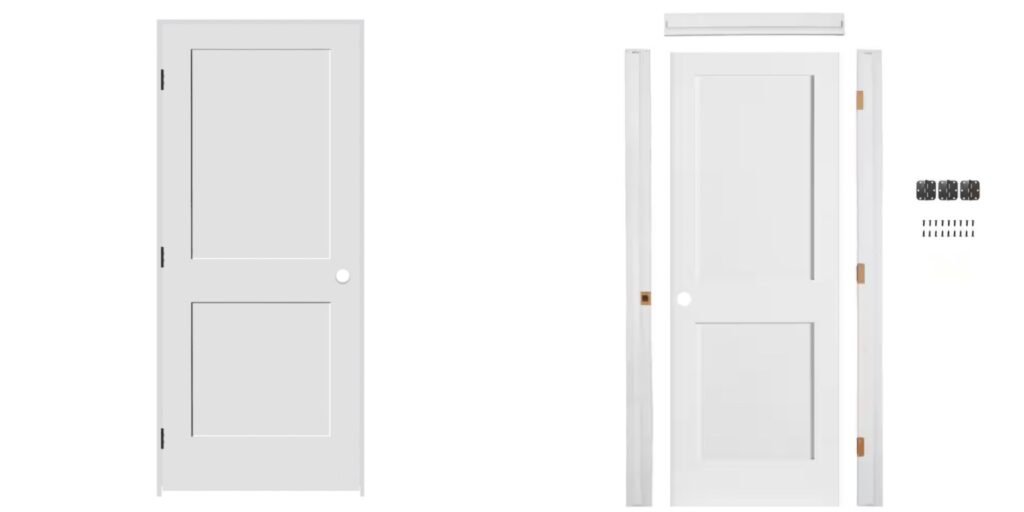
How to Choose Between Different Projects
Type of Project
New Construction: Pre-hung Door. Fully assembled, faster installation on standardized framing.
Renovation/Replacement: RTA Door. More flexibility to fit existing rough openings.
Multi-family Projects: Pre-hung Door,Consistent on-site installation, time-saving for bulk housing projects.
DIY Installations: RTA Door. Easier to ship and assemble independently, suitable for end-users.
Budget
Ample Budget: Pre-hung Door. Saves time and labor, ideal for projects prioritizing efficiency.
Limited Budget: RTA Door. Lower unit cost, lower freight due to compact packaging.
Need to Minimize Freight: RTA Door. Flat-packed, optimal for international shipping or remote delivery.
Interior vs. Exterior Doors
Interior Doors: RTA or Pre-hung. RTA is ideal for transport; Pre-hung is quicker to install.
Exterior Doors: Pre-hung Door. Offers better sealing, stability, and protection from the elements.
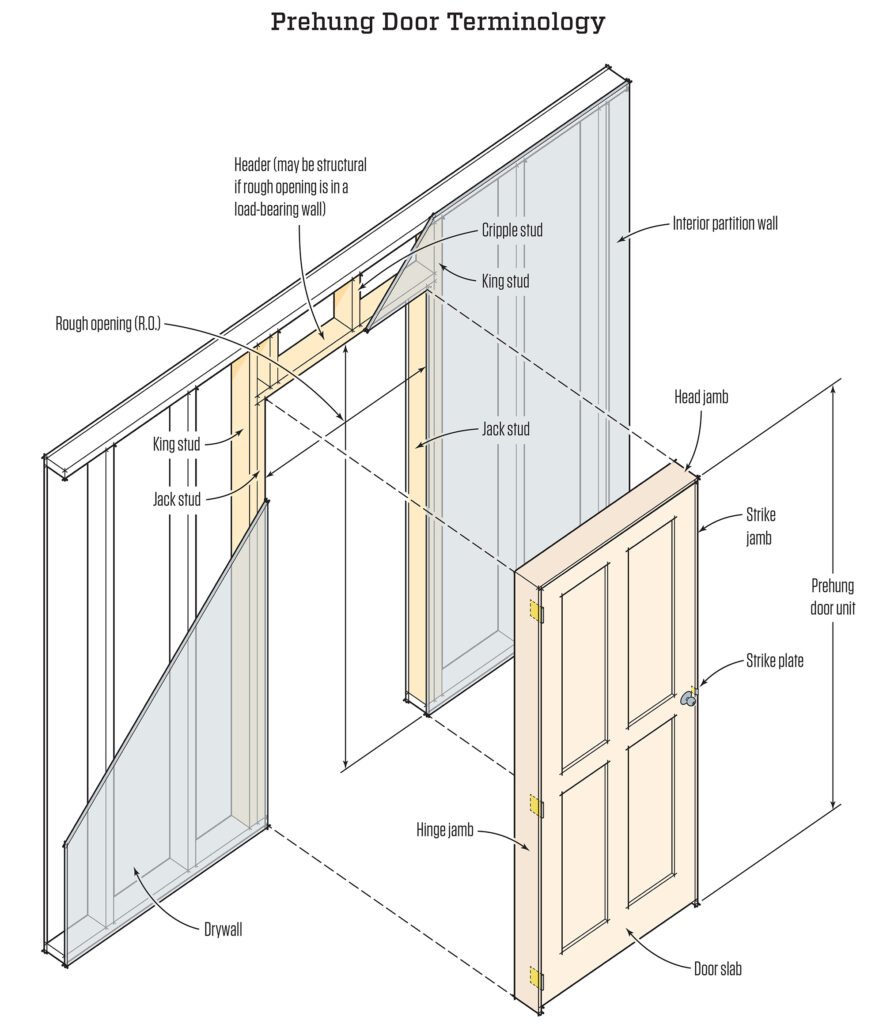
Purchase Suggestions
- Use pre-hung doors where frame stability is a must (exteriors, commercial)
- Choose RTA if space is limited or your team is familiar with modular builds
- Ask us about our installation guides and training support for RTA assembly
- For multi-unit developments, we offer tiered discounts and coordinated delivery schedules
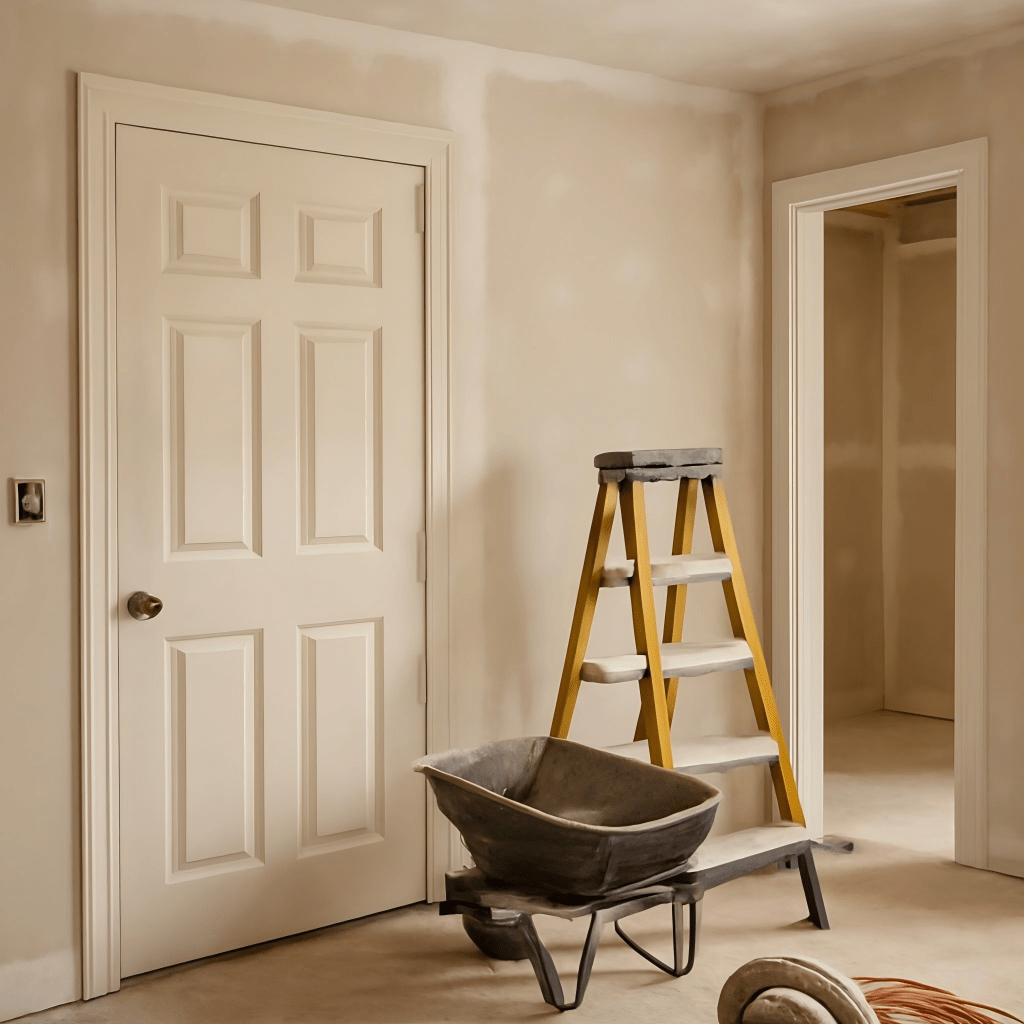
Summary
Both pre-hung doors and RTA doors have their advantages; the most important factor is choosing the one that best fits your project needs. Whether you go with pre-hung for simplicity or RTA for flexibility, we’ve got you covered. Our products are designed for professional builders who value quality, speed, and smart logistics. Have questions or need a quote? Get in touch—we’re happy to help match the right system to your project.

